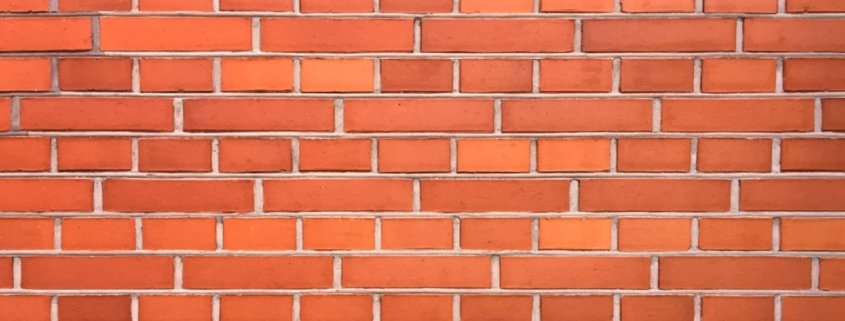The Evolution of Construction: A Historical Perspective 6148
Choosing the right construction equipment is essential for any building project. The type of machinery used can greatly influence the timeline and success of your project. Here are a few tips to guide you in making the right decision.
Firstly, understand your project requirements. Different projects need different kinds of equipment. For example, heavy-duty machinery like bulldozers may be ideal for large-scale construction, while smaller, more versatile equipment might be better for residential projects.
Secondly, consider the cost. Budget constraints may influence your decision. Even though some equipment may initially be more expensive, they may offer improved durability and efficiency, which could cut down overall project costs in the long run.
Lastly, remember to consider the equipment’s ease of use and maintenance requirements. Equipment that’s hard to operate or requires constant maintenance can cause delays and increase project costs.
Green construction, also known as sustainable construction, is a method of creating structures and using processes that are environmentally responsible and resource-efficient. It aims to minimize environmental impact while also creating a healthy and comfortable living or working environment.
The basics of green construction include using sustainable materials, efficient energy usage, and minimizing waste. For example, using recycled or reclaimed materials can greatly reduce the need for new resources. Also, incorporating renewable energy sources like solar or wind power can significantly reduce energy consumption.
Safety on a construction site should be a top priority. Implementing strict safety protocols and ensuring all workers are trained can significantly minimize the risk of accidents. This includes providing appropriate personal protective equipment, enforcing safe work practices, and regularly conducting safety audits.
Proper planning is crucial in construction. It guarantees that all aspects of the project are considered, including budget, timeline, and resources. It also helps to foresee potential challenges and devise solutions in advance. Without proper planning, projects can become chaotic, leading to delays and increased costs.
The construction industry is constantly evolving, with new trends and technologies emerging. These include surveying with drones, 3D printing for creating building components, and the use of Building Information Modeling (BIM) for better project management.
Finally, innovative technologies are revolutionizing construction. From augmented reality for design and planning to robotic automation for tasks like bricklaying and concrete dispensing, these technologies are making construction safer, more efficient, and more precise. By staying abreast of these advancements, construction companies can stay competitive and deliver better results.
For more details, check best Chimney Services Dublin or visit their Chimney Repairs Service business listing here.



